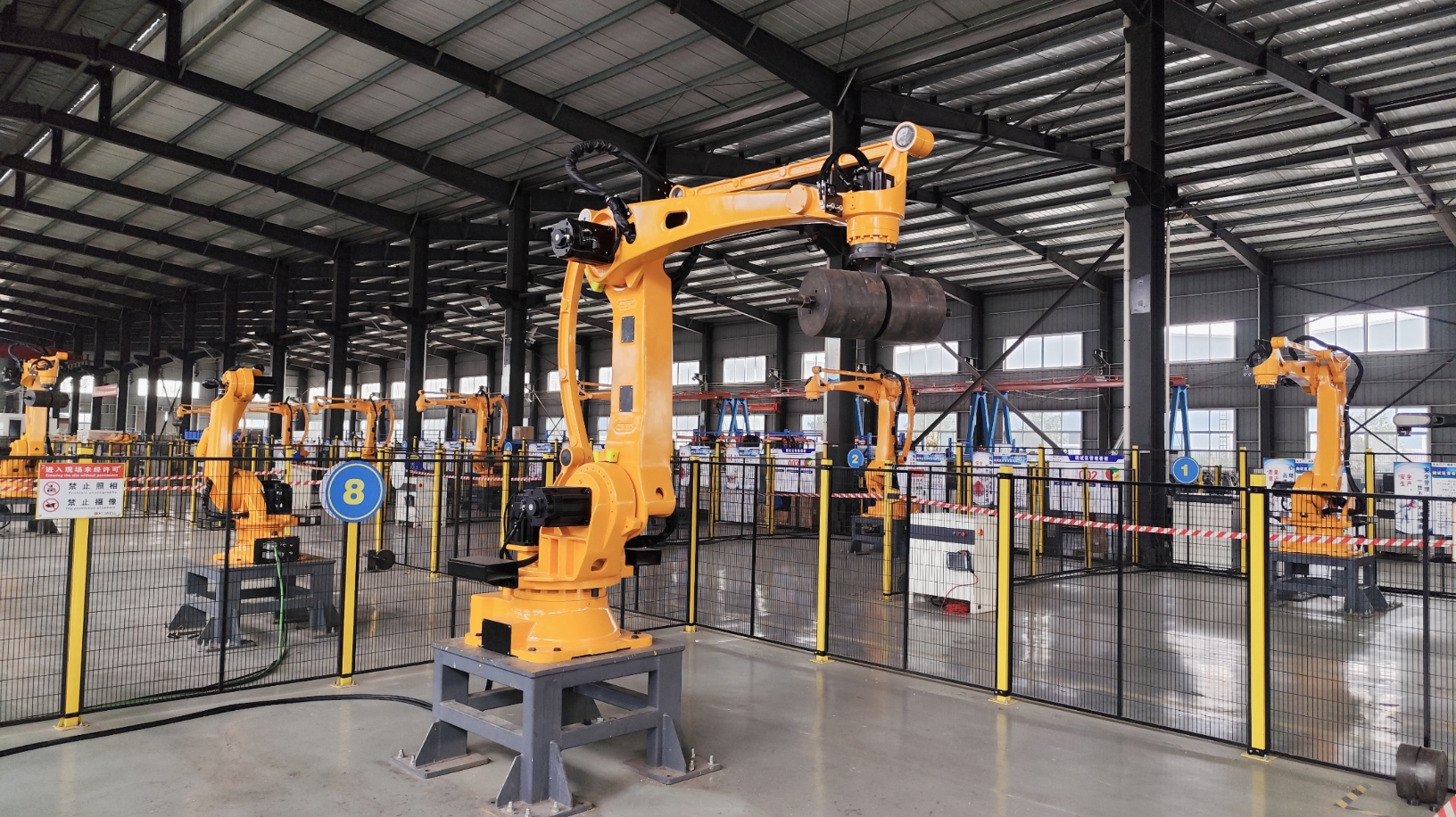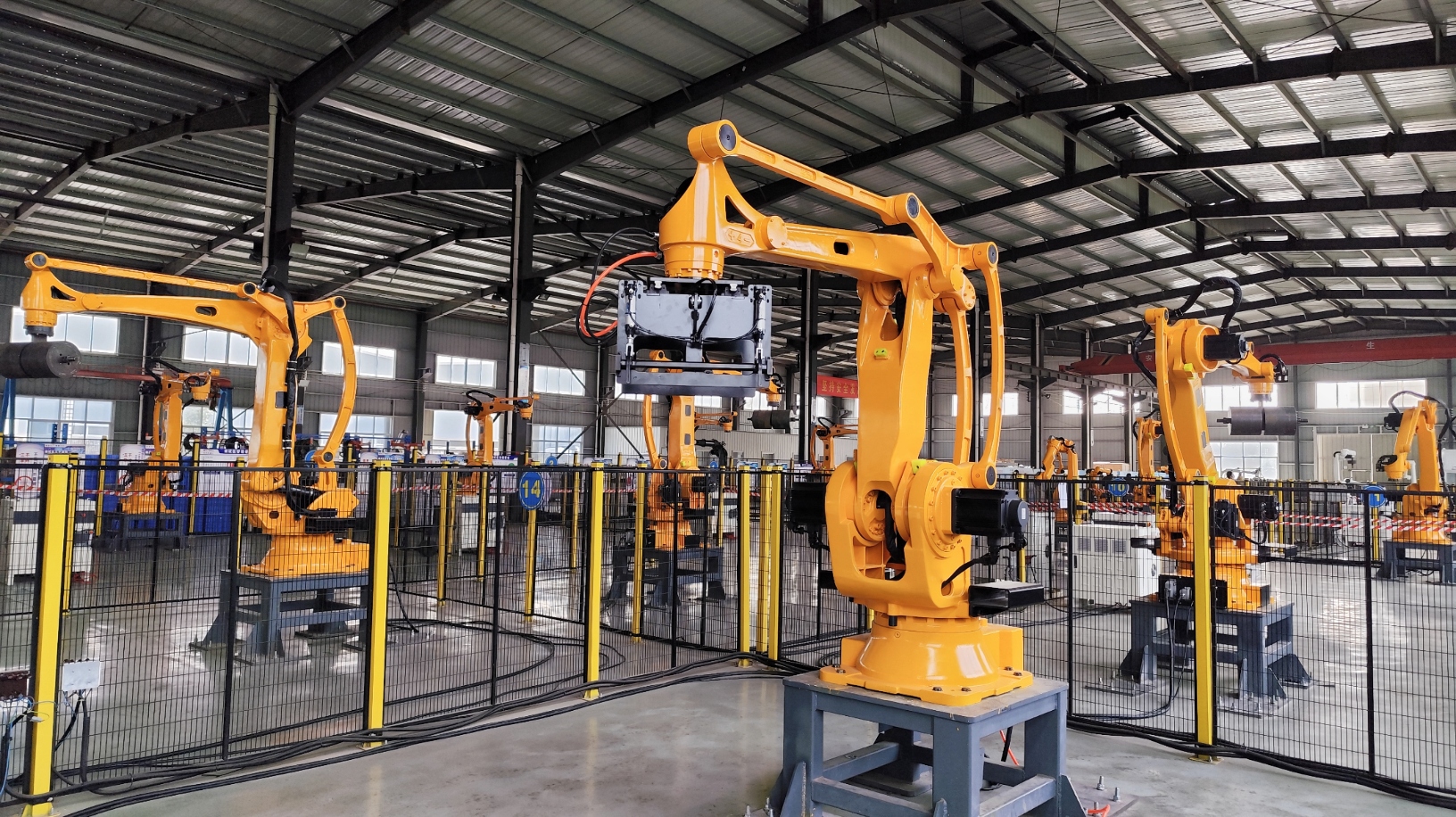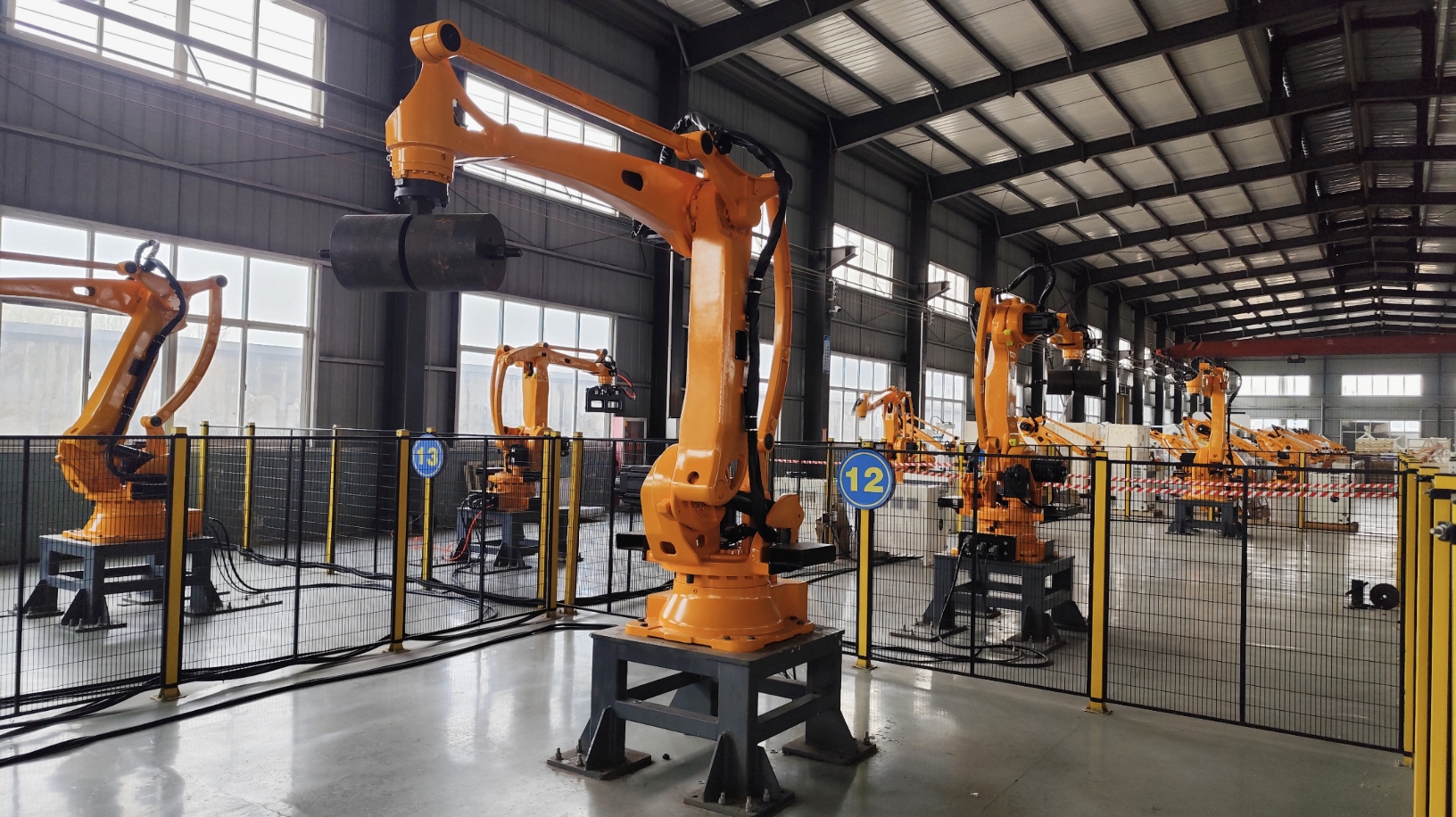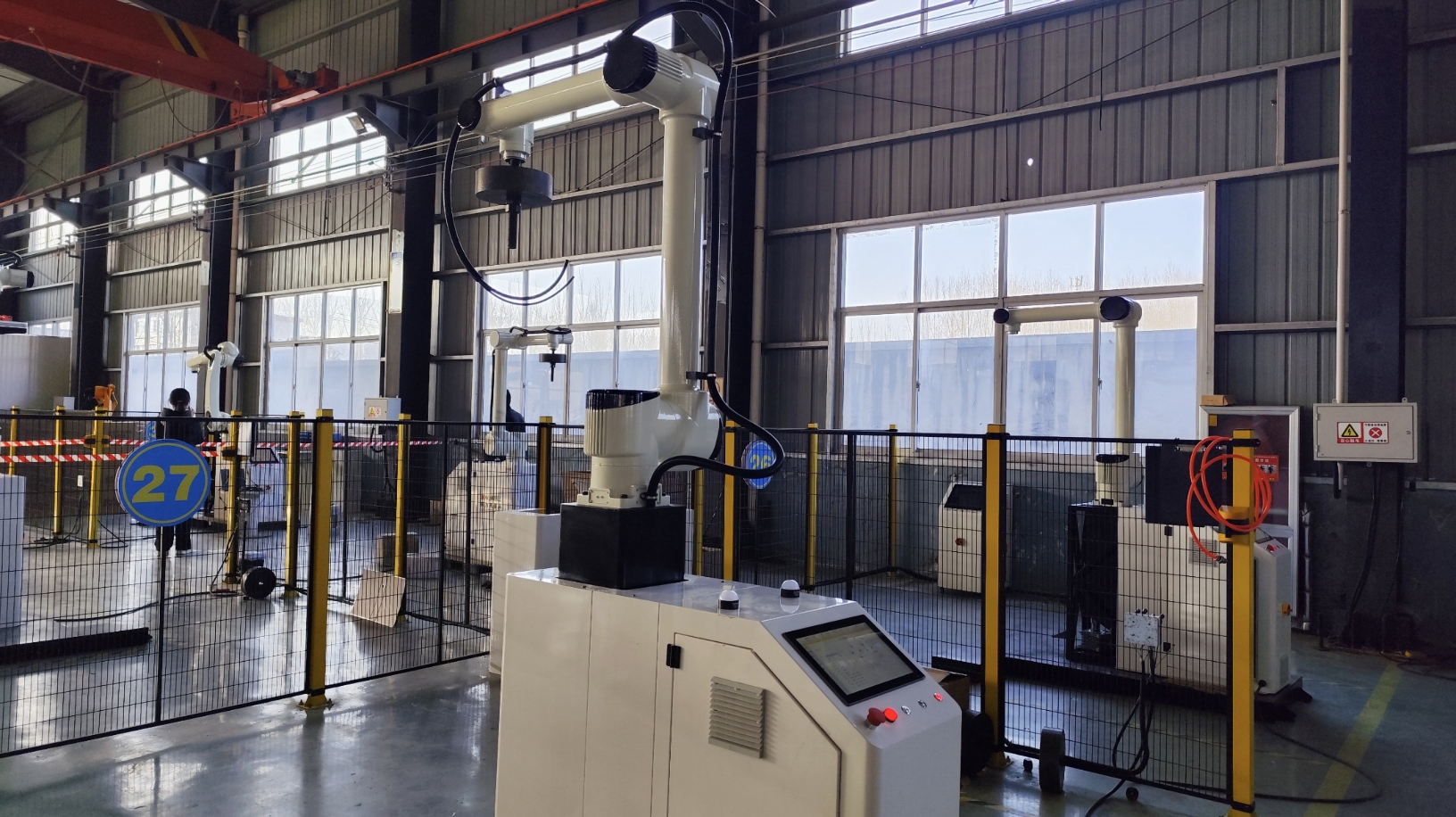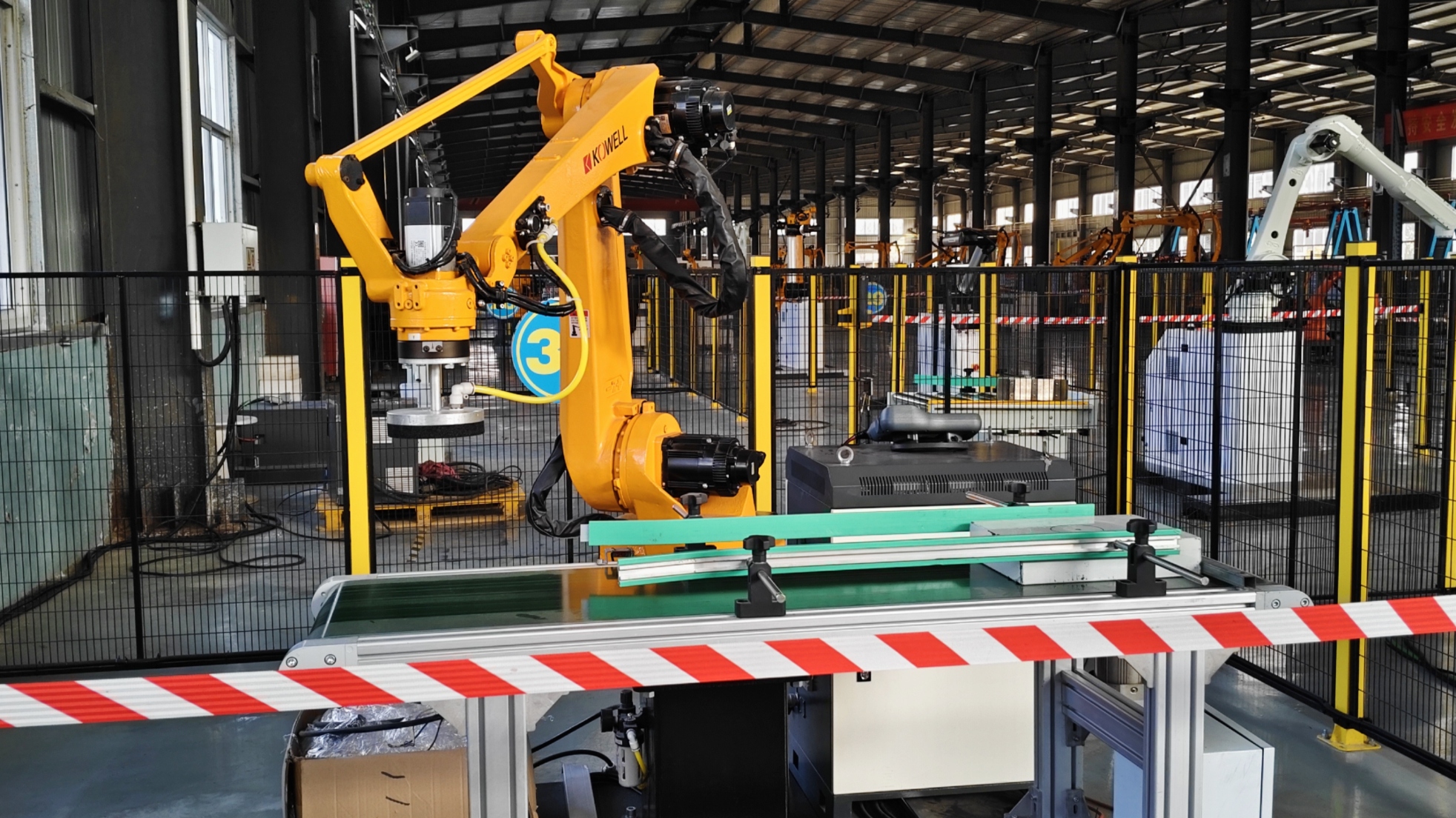With the continuous development of science and technology, the manufacturing industry is undergoing a transformation that cannot be underestimated. Traditional production lines are gradually being replaced by intelligent and automated technologies. In this transformation process, multifunctional robotic arms, as an important part of modern production lines, are quietly changing production patterns, improving efficiency, and driving the manufacturing industry into a new era. This article will explore how multifunctional robotic arms play a role in traditional production lines and how they can reshape the future production pattern.
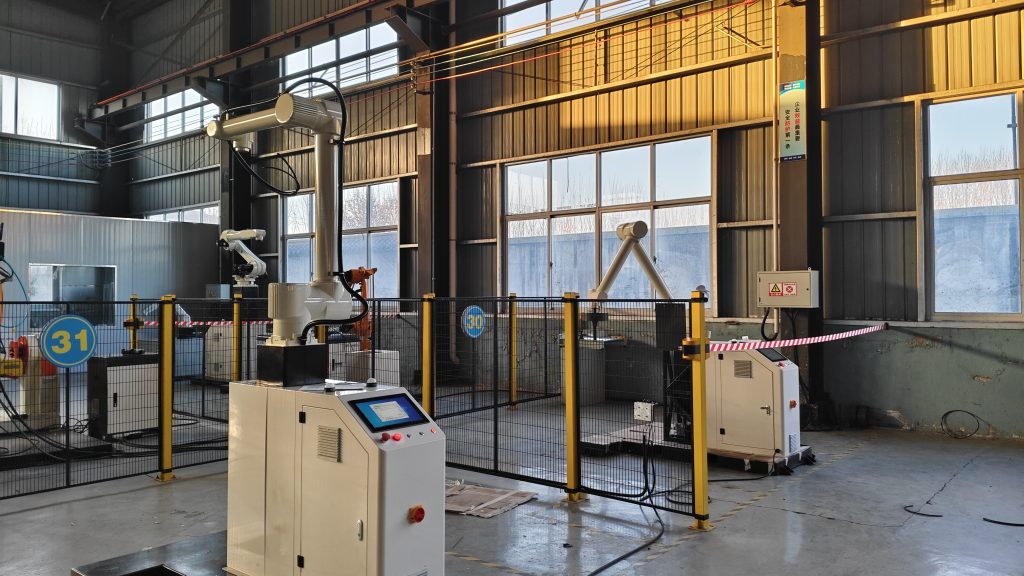
1. Bottlenecks and challenges of traditional production lines
In the past few decades, traditional production lines have relied on manual operation and fixed equipment to complete large-scale production tasks. However, with the intensification of global competition, the diversification of market demand, and the continuous rise in production costs, traditional production lines have gradually exposed some problems that are difficult to ignore. First, manual operation is not only inefficient, but also prone to human errors, affecting product quality and production progress. Secondly, traditional equipment is usually unable to adapt to changing production needs, especially when facing personalized and customized production, production lines often face the dilemma of difficulty in rapid adjustment. In addition, manual operation also involves increased labor costs and safety hazards. Especially under high-risk working conditions, the working conditions of traditional production lines are relatively poor.
Therefore, the manufacturing industry urgently needs a new technical means to meet these challenges, improve production efficiency, reduce costs, and achieve higher flexibility and safety. The emergence of multifunctional robotic arms is the key to solving these problems.
2. The rise of multifunctional robotic arms
Multifunctional robotic arms are high-end equipment that integrates artificial intelligence, sensor technology, motion control technology and automated control. They can complete a series of precise production tasks without human intervention. These robotic arms not only have the characteristics of high precision, high speed and high reliability, but can also be flexibly programmed and operated according to production needs to complete various complex tasks including assembly, handling, welding, spraying, testing, etc.
Unlike traditional robotic arms, the advantages of multifunctional robotic arms are their high programmability and flexibility. They can automate tasks through simple operations and can quickly adapt to different production needs. For example, in the automotive manufacturing industry, production lines need to be quickly adjusted according to the requirements of different models. Traditional production lines may require large-scale equipment replacement, while multifunctional robotic arms can switch to different production modes with simple programming, saving a lot of time and cost.
3. Changes in the production line pattern brought about by multifunctional robotic arms
With the gradual application of multifunctional robotic arms, the pattern of traditional production lines is undergoing profound changes. First, production efficiency has been greatly improved. Due to the high precision and high speed of robotic arms, they can complete a large amount of work in a shorter time, the production cycle is greatly shortened, and production costs are reduced accordingly. Secondly, production flexibility and personalization have been improved. In the traditional production model, the production line usually needs to maintain a fixed mode for a long time, which makes it difficult to cope with the diversified and personalized needs in the market. The flexibility of multifunctional robotic arms enables the production line to be quickly adjusted according to different order requirements to meet the requirements of customized production.
In addition, safety and labor cost issues have also been effectively resolved. Since multifunctional robotic arms can work in high temperature, high pressure, toxic or dangerous environments, they greatly reduce the risk of workers being exposed to harsh environments. Moreover, the use of robotic arms reduces the reliance on a large number of manual labor, thereby alleviating the problem of labor shortage and reducing labor costs.
4. Future Outlook
With the continuous advancement of technology, multifunctional robotic arms will become more intelligent in the future. The combination of artificial intelligence, big data and the Internet of Things will enable robotic arms to achieve more sophisticated self-diagnosis, predictive maintenance and collaborative operation with other equipment, thereby further improving production efficiency and product quality. In addition, as costs continue to fall, more and more small businesses will be able to use multifunctional robotic arms, thereby narrowing the technological gap with large enterprises.
In short, with the widespread application of multifunctional robotic arms, the appearance of traditional production lines is undergoing changes that cannot be underestimated. This not only improves the efficiency and competitiveness of the manufacturing industry, but also lays a solid foundation for future intelligent manufacturing. We can foresee that in the near future, multifunctional robotic arms will become an important force in promoting the transformation of the global manufacturing industry, helping production lines enter a new era of higher efficiency, flexibility and intelligence.
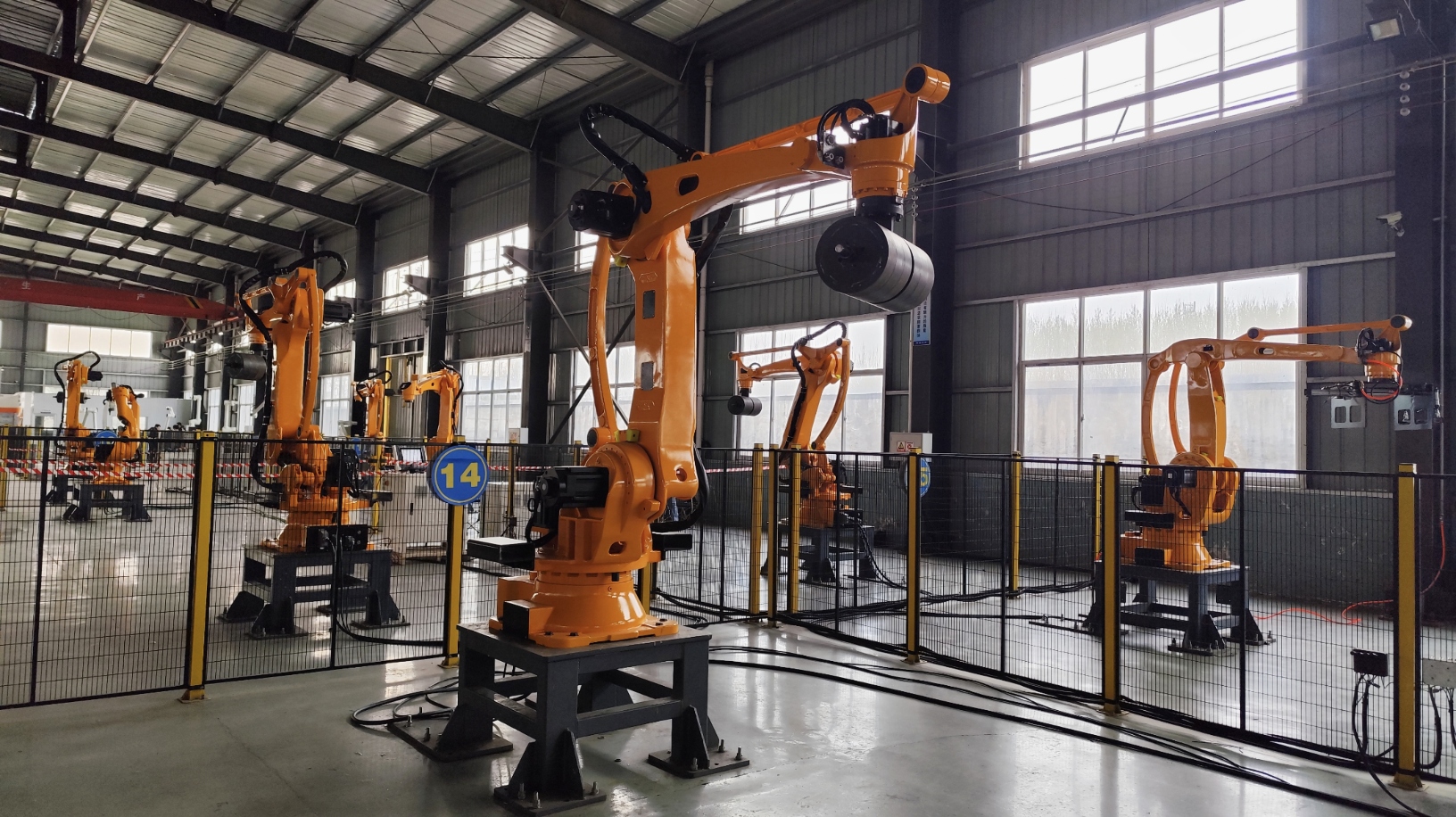
Online Consultation
Hello, the current customer service is offline. You can leave your contact information and the staff will respond to you as soon as possible!


